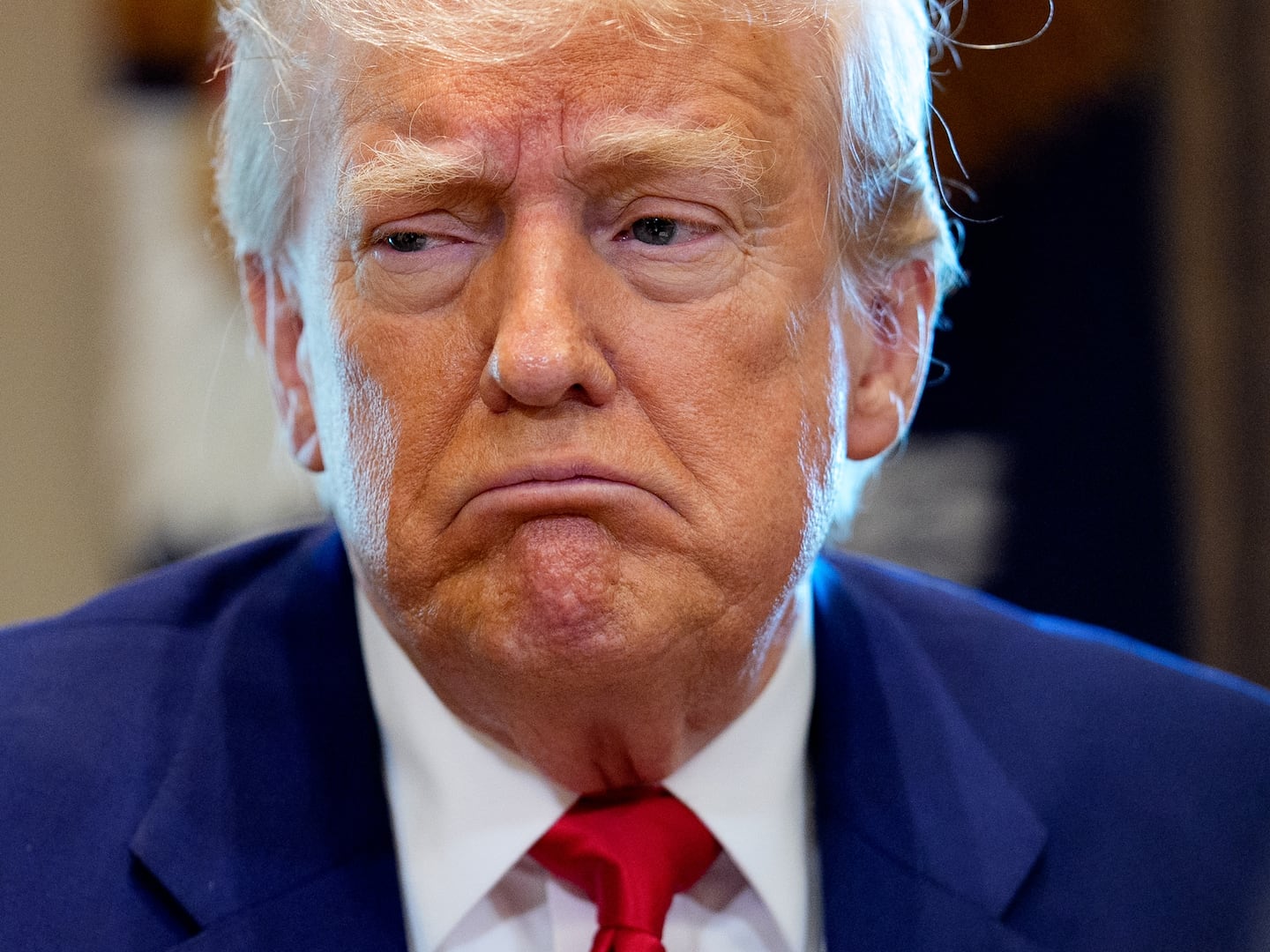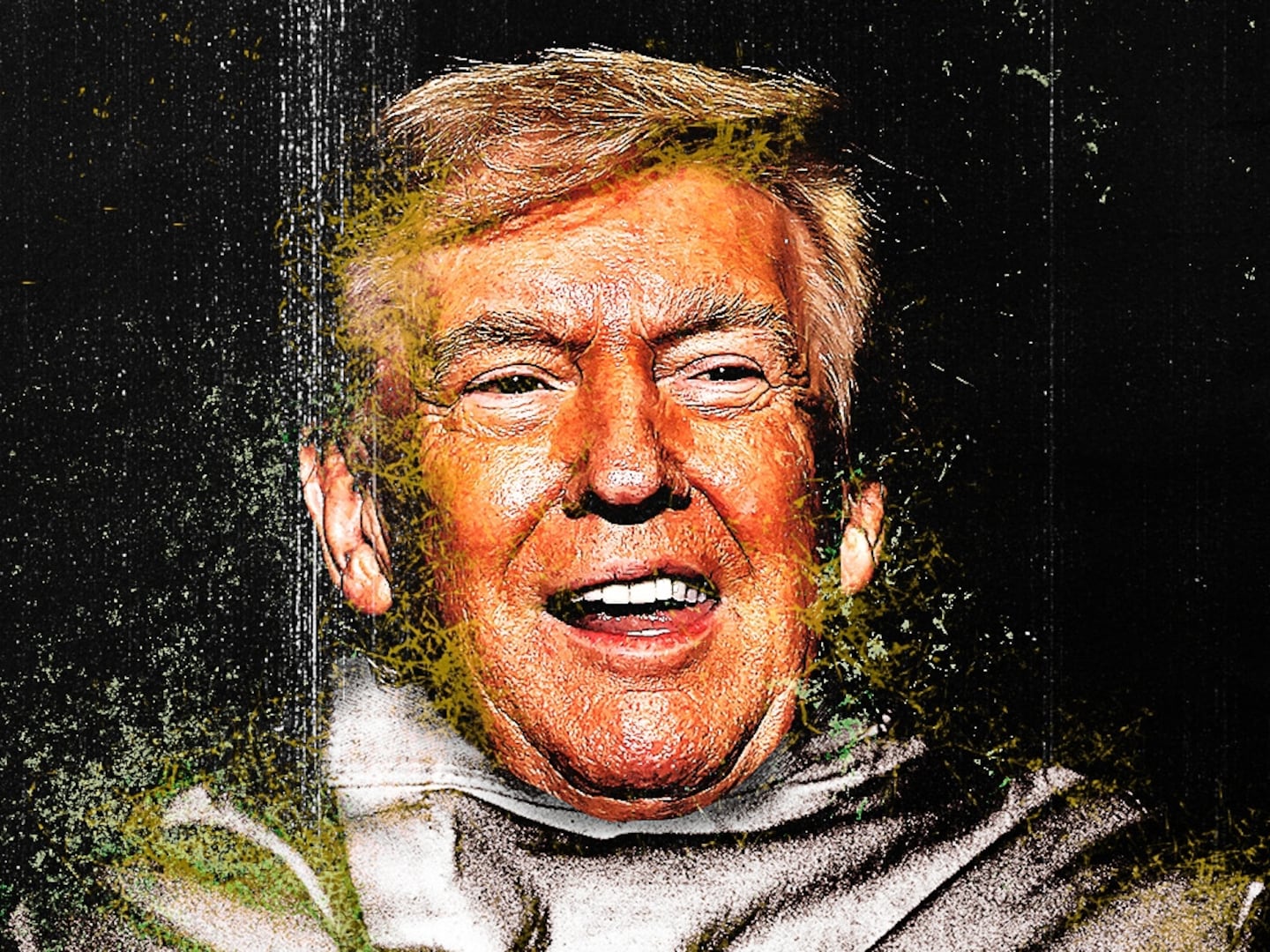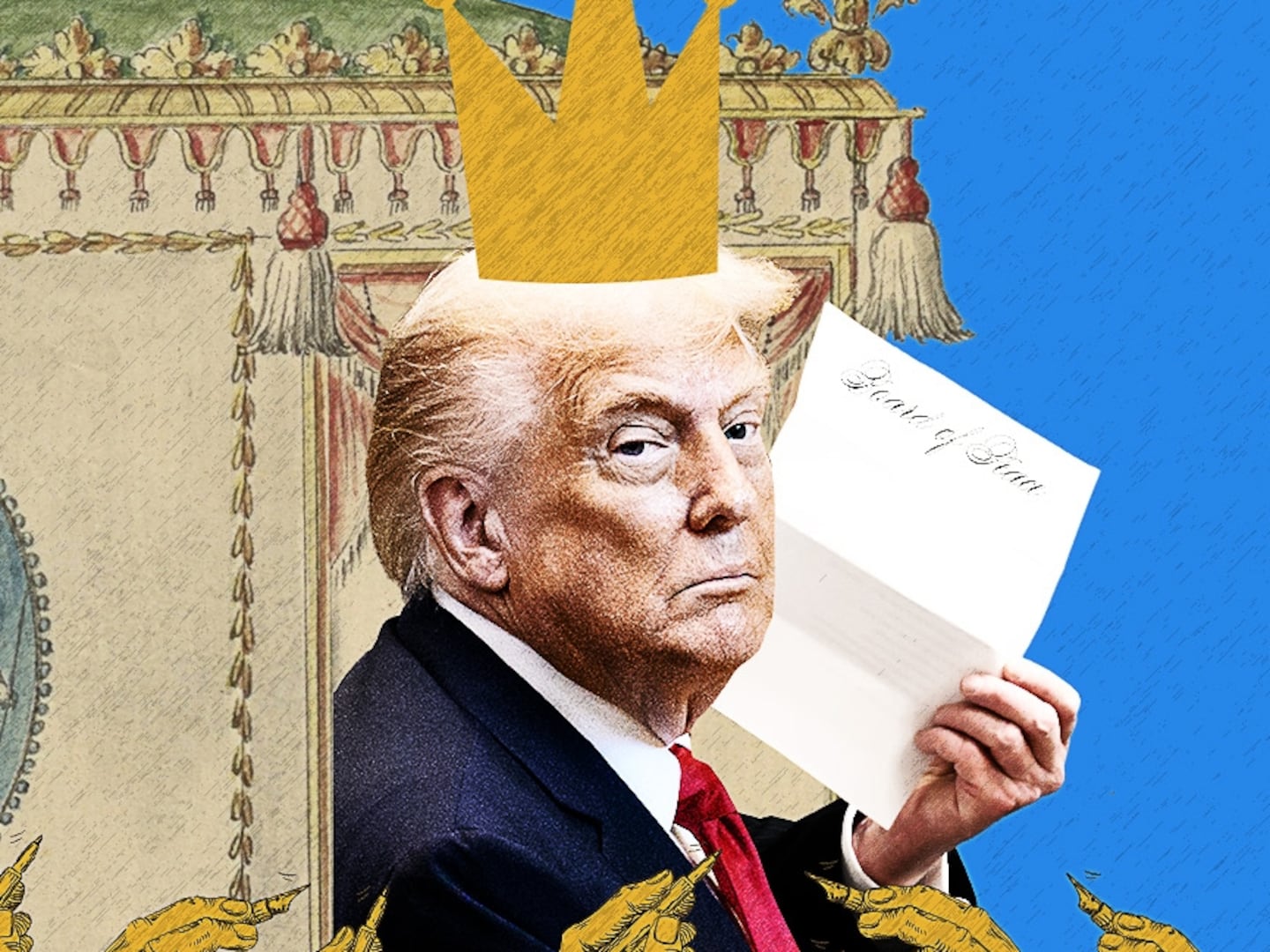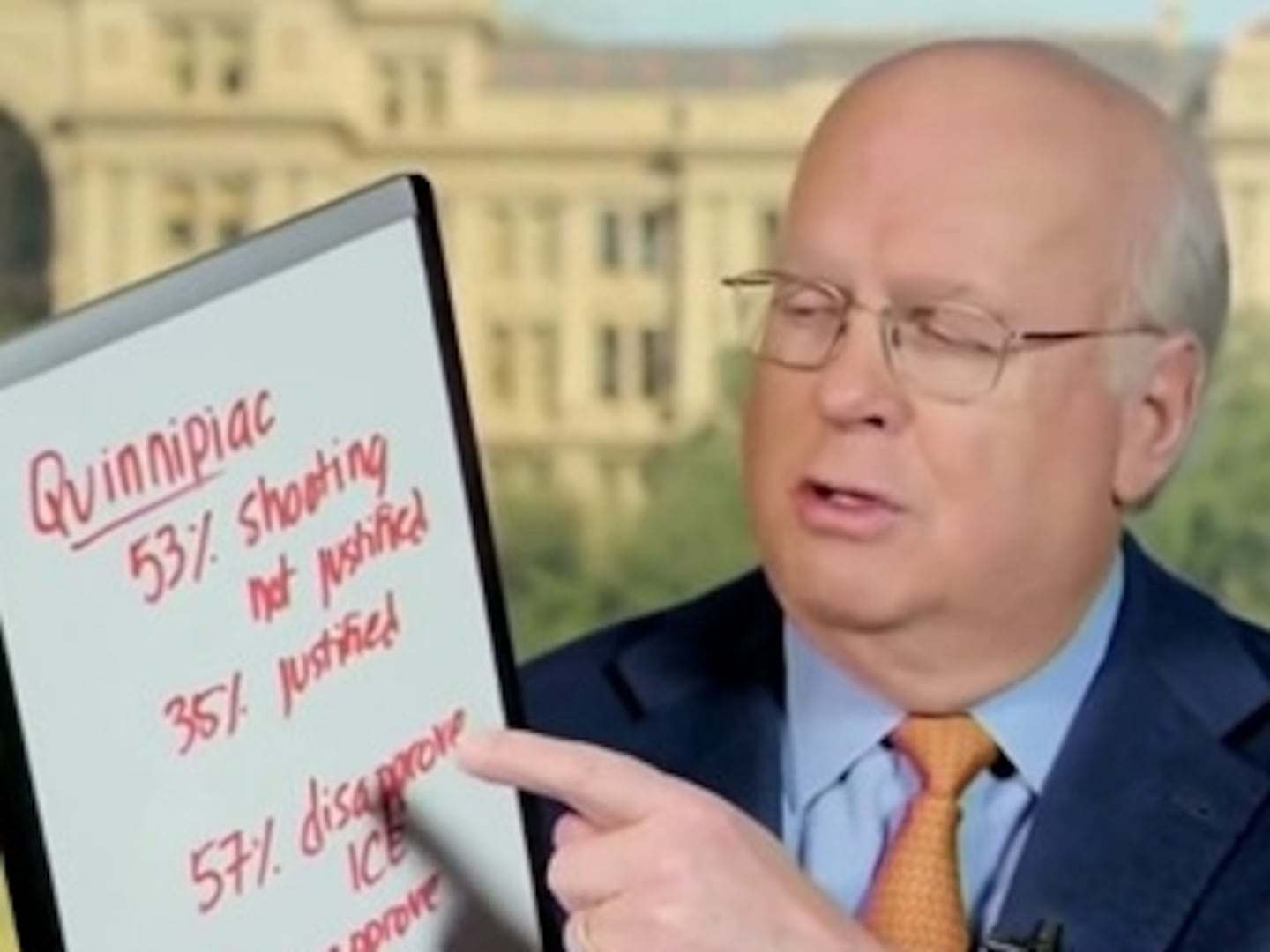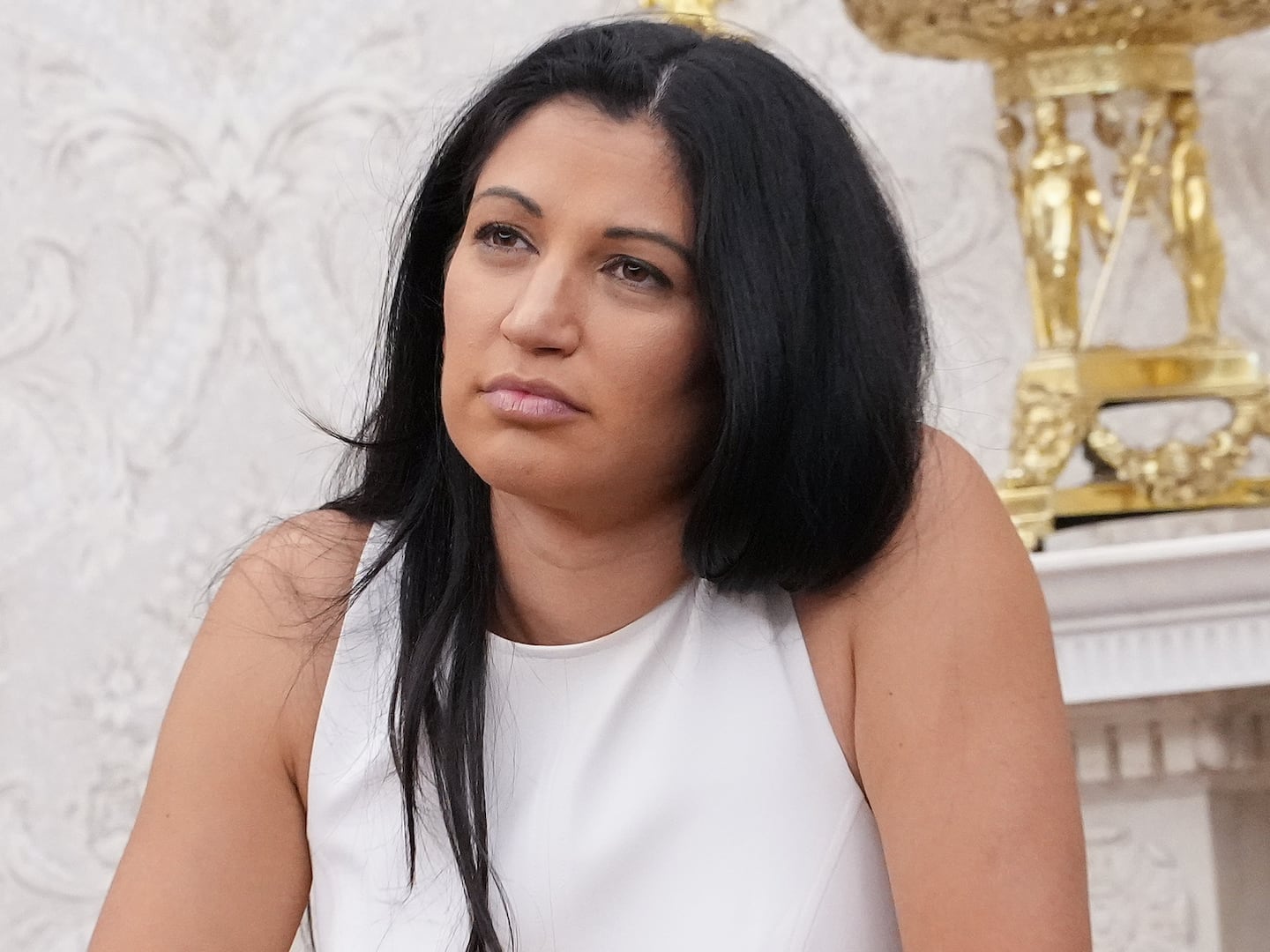There was a general sense of astonishment among seasoned royal journalists when an announcement was made this week that Prince Harry’s fiancée Meghan Markle had been invited to spend Christmas Day at Sandringham with the queen.
It wasn’t so much the content of the briefing—“You can expect to see the Duke and Duchess of Cambridge, Prince Harry and Ms. Markle at Sandringham on Christmas Day,” a Kensington Palace spokesman said, suggesting her visit will be a church-and-lunch invite while they will likely stay up the road at Kate and William’s place, Anmer Hall—as the fact it was made at all.
The act of announcing, well in advance of the fact, that Meghan will be making the much-photographed walk to church on Christmas Day with her husband-to-be’s family is hugely significant to royal Kremlinologists, as it suggests an attempt by Meghan and Harry to reboot relations with the press.
By pre-announcing this news, Harry and Meghan have earned the gratitude of the media; newspapers can now assign, in an orderly fashion, reporters and photographers to Sandringham on Christmas Day, as a picture of Meghan flanked by the family will almost certainly be the biggest news of item of the slowest of news days.
The simple gesture of enlightening the media of their planned attendance contrasts mightily with William and Kate’s often petulant and sometimes paranoid attempts to keep their schedule, or even the name of their dog, secret, although William deserves credit for setting the mood music that has facilitated Meghan’s invitation, by insisting that his wife’s family, the Middletons, have been conspicuously included in royal gatherings.
While the importance of the advance announcement will perhaps be of interest only to the limited number of people whose work life corresponds closely with the fashion choices and whereabouts of Meghan Markle (check), the significance of having Meghan walking back from church to sit down for her Christmas dinner will be lost on no-one.
But, then again, Meghan and Harry are moving through the staging posts of royal life at dizzying speed. They only met 18 months ago, announced their engagement on Nov. 27, made a public appearance in Nottingham on Dec. 1, and will now be seen in public again on Christmas day as they attend the church service at St. Mary Magdalene Church on the queen’s estate in Norfolk.
Meghan is quietly writing an impressive list of royal firsts, and Christmas will be yet another.
Thus the story of Prince Harry and Meghan Markle continues to defy expectations and break long-standing taboos in the royal family.
Of Meghan’s bi-racial heritage, Robert Lacey, the historical consultant for the Netflix series The Crown and author of a new companion volume to the show The Crown: The Official Companion: Volume 1: Elizabeth II, Winston Churchill, and the Making of a Young Queen (1947-1955) predicts that this will not be an issue.
The queen and senior royals, he says, have always been “instinctively color-blind” when it comes to race. “While it has been possible in the past to criticize the House of Windsor for snobbishness or class consciousness, they have never been accused of racial prejudice,” he says. “Marrying Meghan is Harry’s personal choice, there’s never been the slightest suggestion that there has been that attitude on the part of the Queen or Prince Philip or the family.” (Hmm, Prince Philip is famous for telling British students in China: “If you stay here much longer, you’ll all be slitty-eyed.”)
Sandringham at Christmas, Lacey says, is the ideal venue for Meghan to get to know her new in-laws as it has “has never been a buttoned-up kind of place,” and we should not be too shocked by the invitation: “I think it would have been rather odd if Meghan had not been invited. She is away from home and clearly fiancés would want to spend Christmas together,” he says.
The royal historian Michael Farquhar, who has written extensively about Christmas at Sandringham in books such A Treasury of Royal Scandals, and Behind the Palace Doors: Five Centuries of Sex, Adventure, Vice, Treachery, and Folly from Royal Britain, notes that Monarchs have long been unafraid to invite outsiders to Sandringham, regardless of what others may think.
Farquhar notes the arch reaction of the Bishop of Peterborough to the company Queen Victoria kept one Christmas at Sandringham.
He wrote of a “curious mixture,” writing that among the guests there were, “Two Jews, Sir Anthony de Rothschild and his daughter; an ex-Jew, [Prime Minister Benjamin] Disraeli; a Roman Catholic, Colonel Higgins; an Italian duchess who is an English-woman, and her daughter, brought up a Roman Catholic and now turning Protestant.”
There is a contrast between the easy acceptance of the monarch and the barely concealed prejudice of the royal hanger.
Queen Victoria had a dour side, to be sure, but let’s not forget that they invented the modern British Christmas—without Victoria and Albert there would be no Christmas trees, mince pies or Christmas presents in England, all traditions imported from Germany by Albert.
The royals still adhere to the Germanic custom of exchanging gifts on Christmas Eve, followed by a candlelit black-tie dinner, served at 8:30 p.m. The Christmas Eve party is far more lavish that the Christmas Day lunch, which starts at 1:15 p.m. and lasts exactly an hour.
Victoria’s son, Edward VII, was an ebullient host at Sandringham, first as Prince of Wales and later as King. He was famed for practical jokes, Farquhar says. One hapless guest had the misfortune of biting into a mince-pie made of mustard; another shared a bed with a live lobster, according to Farquhar.
His wife Alexandra might be found tobogganing down a staircase on a silver tray, while the royal children were described by Victoria as “ill-bred, ill-trained children.”
In 1932, George V added a new tradition when he delivered the first Christmas Message to the Empire, broadcast by radio from the Big House, which remains the cornerstone of the queen’s Christmas duties (although it is, these days, televised and pre-recorded).
It is often forgotten that prior to 1952, when the present queen ascended the throne, the royal family were known in society circles as great party-goers and throwers.
The Dubonnet-loving Elizabeth (the Queen Mother after her husband died) and her husband George VI (stammering Bertie) dined out or went to the theatre almost every night of the week when they were in London, either with friends or at restaurants such as the famous game eatery, Rules.
But it was Christmas at Sandringham where they really let their hair down, with dances, carols, drinks parties, and an eclectic guest list as standard.
But Elizabeth, who inherited the throne at the tender age of 25, was more cautious; she was both determined to do nothing to bring the family into disrepute and temperamentally not a partier. Christmas at Sandringham has largely reflected that, with the queen maintaining a God and duty as its center of gravity.
Meghan’s invitation to join the royal Christmas party is an undeniable moment of modernization for the royal family.
No such invite was ever extended to Diana—or even Kate. It will still be a relatively serious occasion compared to the Christmases enjoyed by her forebears at Sandringham, but the inclusion of Meghan is a welcome acknowledgment of the changing nature of the rules of society over which the queen reigns.


